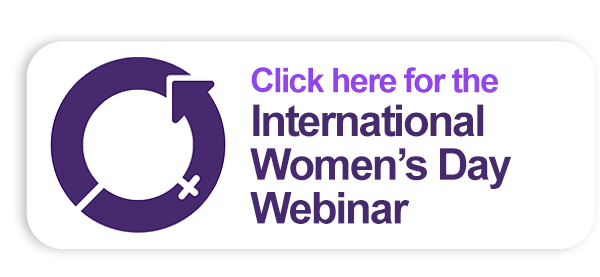Many professional women in the West have received some kind of coaching or advice on asserting themselves in the workplace. To some, communicating effectively at work seems simple: if you want to be heard, you must speak up. But if you’re a woman at work, you may know all too well why speaking up is easier said than done.
According to data from the Department for Professional Employees, it is estimated that women make up just under half of the American workforce but still, on average, earn significantly less money and occupy fewer positions of power. Globally, the representation of women in the workforce is quite disparate. In the Middle East and Africa, women only represent 21% of the workforce but participation is on the rise in Latin America.
Perhaps the most palpable consequence of being outnumbered is an oft-reported phenomenon of speaking up less frequently in professional settings. A recent New York Times opinion piece by Sheryl Sandberg (of Lean In fame) and Adam Grant, a professor at the Wharton School details how new research continues to shed light on why women often hesitate to voice their opinions and contribute their ideas -- even good ones -- in the workplace.
Women who fear being labeled as “shrill” (or worse) for speaking up aren’t just being paranoid. According to the research cited in the NYT piece, Male executives who spoke up were on average, rewarded with 10% more positive performance evaluations, while women who did the same were punished with 14% lower ratings from colleagues and superiors alike.
For many women, communicating effectively in the office is akin to walking a tightrope. If you exert yourself too much, you risk being seen as the office harpy, if you step aside for others to contribute, you risk being marginalized and ignored. Indeed, many professional women have been coming forward to share their woes of being “manterrupted” or otherwise impeded at work. But the question remains; where does the phenomenon come from and what can be done to help women feel more empowered?
Many are quick to cite the fact that men tend to have deeper, louder voices or that women are a fairly recent addition to the global workforce as the main reasons women often find themselves sidelined in the office. Culturally, the origins of the issue are more insidious, and women who work in more hierarchical countries will inevitably struggle more than their counterparts in egalitarian societies.
Hierarchical cultures -- like those in South Asia, Latin America and West Africa -- tend to be patriarchal in nature and see men and women as inherently different with different roles in society. This creates a palpable power distance between the genders that can be difficult to close. It’s also important to remember that the disparity between men and women in the workplace is not limited to certain cultures. Even in Western societies, unconscious biases about gender still prevail, ensuring that women continue to trail their male peers in workplace participation.
Knowing the complexity of the issue, how can global business leaders help women be heard in the workplace?
- Be aware of the effect of national culture on your workplace culture. Ask yourself, how are men and women perceived in this country? Are gender roles fixed or flexible? What is the role of hierarchy in your office?
- Try having an “innovation tournament”. Much like orchestras sometimes have blind auditions to increase selection of women, Sandberg suggests giving employees the chance to anonymously submit their ideas for review and feedback. This has the twofold benefit of allowing introverted women (or men, for that matter) the chance to contribute without fear of interruption or criticism while ensuring that leadership is not affected by unconscious gender bias.
- Enforce a unilateral no-interruption rule. If you notice a pattern of frequent interruption among your team, it’s time to do something about it. In the NYT article, a writer on a major TV show is said to have instituted such a role while anyone – male or female – was speaking in a meeting. Doing this could dramatically change any team dynamic for the better and help everyone work more effectively.
How else can leaders help empower women in the workplace? Let us know in the comments section below.


